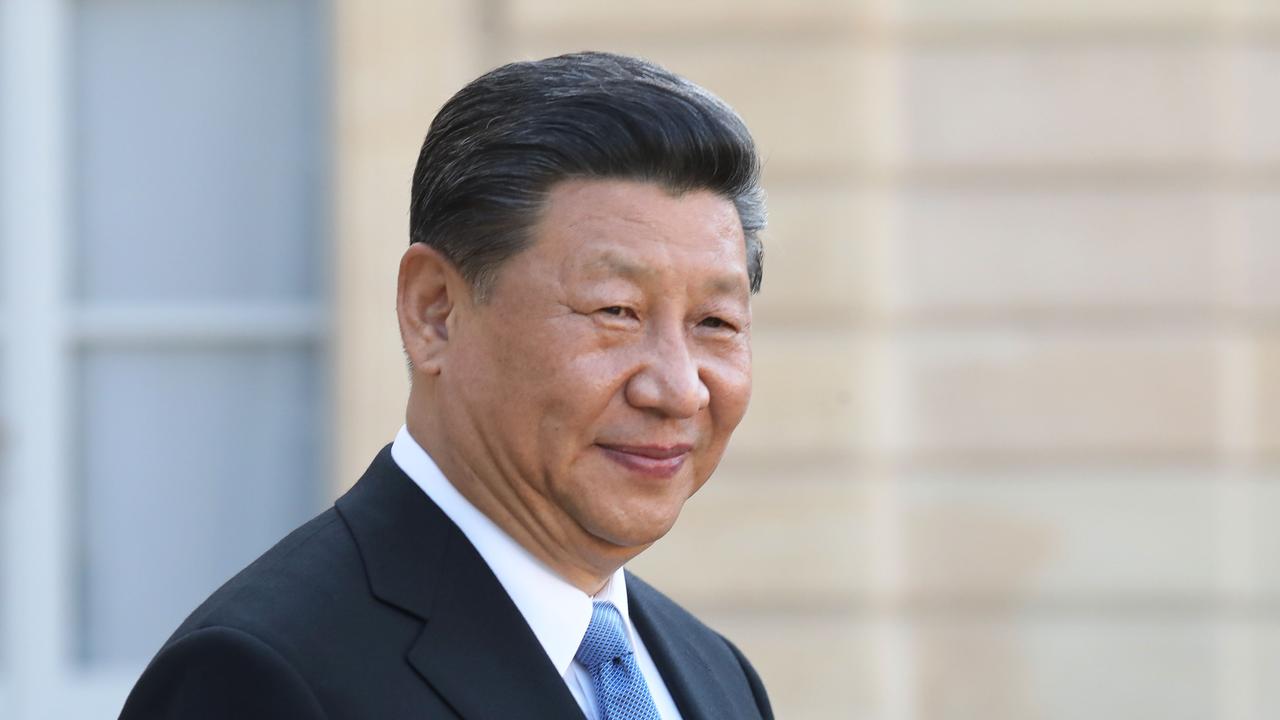New ASEAN rules facilitate a boom in green bonds
The 2015 Paris Agreement under the United Nations Framework Convention on Climate Change laid out three key goals to combat climate change.
In a groundbreaking resolution, the 2015 Paris Agreement under the United Nations Framework Convention on Climate Change laid out three key goals to combat climate change. While the spotlight was on limiting global warming to less than two degrees Celsius, the little-reported third commitment was “making finance flows consistent with a pathway towards low greenhouse gas emissions and climate-resilient development”.
This commitment explicitly recognizes the scale of finance, from both public and private sectors, required for climate solutions while putting the onus on all countries, not just developed nations, to shift finance to more environmentally-friendly sectors, giving a major boost to green finance.
Green bonds, also known as climate bonds, are standard bonds but with an eco-friendly feature, making them more attractive to investors concerned about environmental, social and governance (ESG) principles.
Issuable by governments, banks, municipalities or corporations, these bonds are used for a full range of projects aimed at climate change adaptation and mitigation, including: renewable energy, energy efficiency, pollution prevention and control, sustainable land use, biodiversity conservation, clean transport, sustainable water and waste management, green tech, and green buildings.
And while green bonds have been around for more than a decade—the World Bank issued the first in 2008—they’ve seen a surge in popularity since the 2015 Paris Agreement.
Green Bonds grow in popularity in ASEAN
According to research by Australia & New Zealand Banking Group Ltd. (ANZ), US$42 billion in green and social bonds were issued globally in 2015, doubling to US$87 billion in 2016 and then doubling again to US$160 billion in 2017. While growth stagnated at US$168 billion in 2018 with volatile financial markets negatively impacting global bond markets, 2019 promises a return to growth. “We are forecasting over US$200 billion this year,” says Katharine Tapley, ANZ Head of Sustainable Finance.
To date, green bond volume has come primarily from North America, China and Europe. “The ASEAN green bond market has seen slower growth compared to other Asian countries such as China or India, where issuance has been spurred by a push towards renewable energy by the governments,” says Jimmy Choi, ANZ Head of Capital Markets Asia & DCM.
But that’s all about to change. ASEAN economies are growing with forecasted growth of 5.2 per cent annually until 2020, requiring infrastructure investments of approximately US$470 billion in the same period. On the back of such growth, the World Bank estimates that the demand for green investment in ASEAN until 2030 stands at approximately US$3 trillion.
New era, new standards
No surprise then that at the inaugural ASEAN Capital Markets Forum held in November 2017 green financing took center stage and included the launch of the ASEAN Green Bond Standards (AGBS).
The standards, based on the benchmark International Capital Market Association’s Green Bond Principles (GBP), “provide clarity of approach across key aspects of structuring these instruments, particularly around how proceeds are used and expectations on reporting and disclosure,” says Ms. Tapley.
Such clarity makes it easier for conscious investors to establish the green integrity of bonds and to gain timely access to information, making green bonds an attractive asset class.
It also serves to allay worries among investors concerned that standards in some Asian
countries may not be as robust as elsewhere. “By addressing investors’ concerns through
tightened requirements on green integrity and timely disclosure, the ASEAN green bond
standards have contributed to the healthy growth of the green bond market,” says Albert Lai,
CEO of Carbon Care Asia, a sustainability consultancy and approved climate bonds verifier.
The AGBS are aligned with and expand on the four core components of the GBP:
1.Use of proceeds
2.Process for project evaluation and selection
3.Management of proceeds
4.Reporting
Issuers who wish to issue and label green bonds as ASEAN Green Bonds must demonstrate compliance with the AGBS.
According to Sean Kidney, CEO of Climate Bonds Initiative, a not-for-profit that helps mobilize capital for climate change solutions, the AGBS was “a catalyst for green bond issuance in 2018”. Of ASEAN’s 10 member nations, Indonesia, Malaysia, Philippines, Singapore, Thailand and Vietnam have seen green bonds issued since the standards came into being for a cumulative total of US$5 billion.
Demand for green bonds, in ASEAN and other regions, is regularly oversubscribed, and though it’s still early days, the AGBS “have been incredibly useful to investors and issuers, and you’ve seen a lot of bonds issued since the guidelines,” says Mr. Kidney, adding: “if you reduce friction, money flow and we expect growth of about eighty per cent from last year in ASEAN.”
Green finance options grow in tandem
Early trends have emerged among ASEAN green bond markets. In Climate Bonds Initiative’s first ASEAN Green Finance State of the Market report 2018, it found that USD denominations account for about 50 per cent of green bond deals, while sukuk, tied to Islamic financial instruments, represented 42 per cent of the region’s green bond market. In addition, ASEAN deals are generally smaller, with a median deal size of US$83 million and, encouragingly, more than 80 per cent of deals benefit from external reviews.
Complementing green bonds, green loans are getting more traction from ASEAN issuers, with two Singapore property companies, Fraser Property Limited and Ho Bee Land, taking out green loans in 2018—a regional first.
ANZ’s Ms. Tapley welcomes the rise of complementary labeled green loans, which in addition to green bonds, will see strong growth during 2019. It’s a development she describes as “good for borrowers who don’t typically access the capital markets but nonetheless have strong sustainability and zero-carbon emissions objectives, and good for lenders focused on aligning their balance sheets with sustainable development and zero carbon initiatives.”
A win-win in the battle against climate change.


